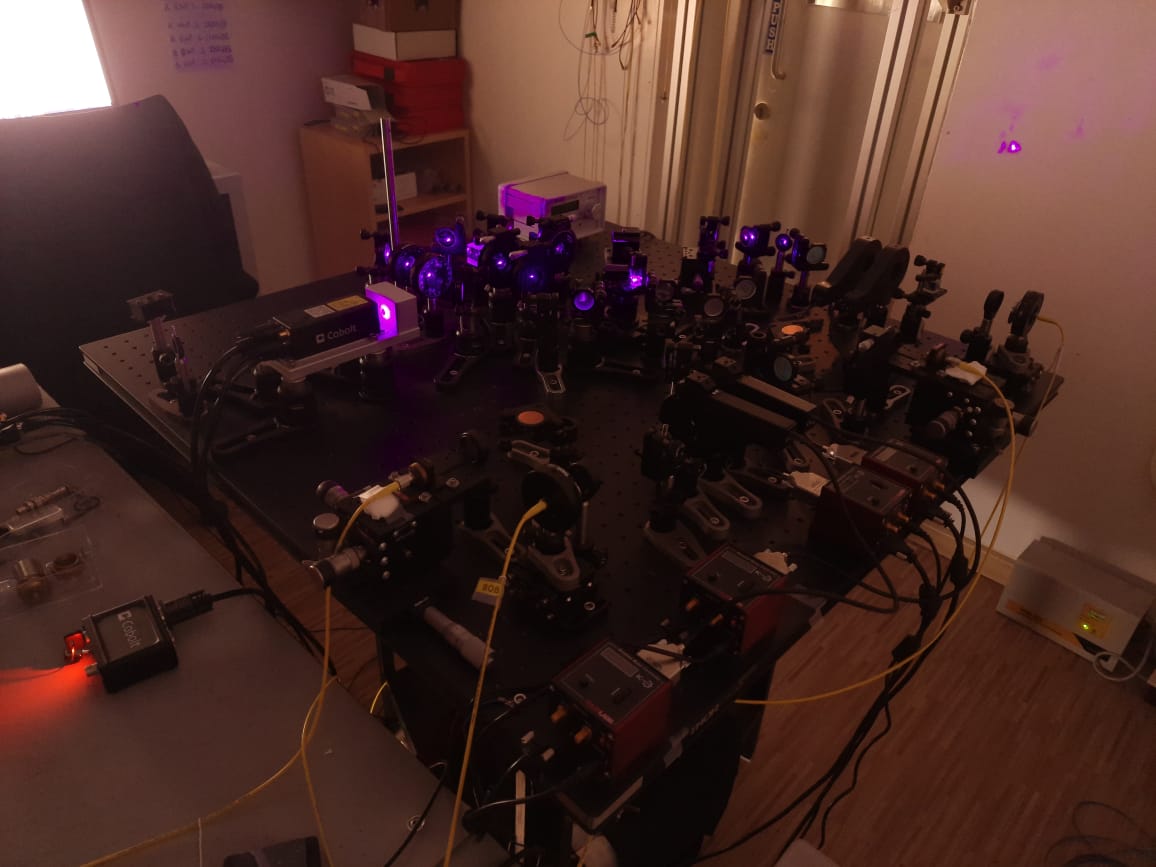Scientists have devised a method to overcome distortion due to photon-polarization posed by the constant movement of satellites as well as scrambling of polarization in optical fibres and achieve secure long-distance communication without use of conventional active-polarization tracking devices which are costly.
In this digital age, keeping one’s data secure is both a challenge and constant worry. With an increased usage of online services and payment gateways, personal data like Aadhar, PAN, phone numbers, photos, and all classified information remain highly vulnerable.
In order to counter possible data breaches by miscreants and secure communication for both personal and strategic purposes like defence and national security, scientists at the Quantum Information and Computing (QuIC) lab at the Raman Research Institute (RRI) have come up with a solution. They have tried to solve the problem arising due to distortion of photon-polarization posed by the constant movement of satellites as well as scrambling of polarization in optical fibres, over large distances.
QuIC lab has been long involved in developing the most secure, long-distance Quantum Key Distribution (QKD) protocol aimed at creating a globally secure quantum network imminent in our near future. This work is a continuation to the ongoing Quantum experiments using satellite technology, being done in collaboration with the Indian Space Research Organisation(ISRO) through the QuEST research grant.
Towards developing secure communication using Quantum Key Distribution (QKD), researchers at RRI, an autonomous institute funded by the Department of Science and Technology (DST), have proposed an approach using a method to perform entanglement-based QKD called BBM92 QKD protocol. Using this approach, the need for having resource-intensive and complex conventional active-polarization tracking is negated, wherein all real-time polarization tracking is done by placing feedback-based mechanisms at regular intervals.
“Our approach uses novel optimization methods to achieve the best trade-off between the key rate, the quantum-bit-error-rate (QBER-- indicative of the errors in the protocol), and a balanced key symmetry which is needed to ensure minimum probability of eavesdropping. We offer a solution that is cost-effective and uses no extra resources, which removes the necessity of employing active polarization tracking devices,” said Professor Urbasi Sinha, head, QuIC lab, and corresponding author of the paper published in the journal Communications Physics (Nature).
In this method to perform entanglement-based QKD, the entangled state had a very high fidelity of 94 percent, established through Quantum State Tomography, a standard technique for estimating the quantum state. Through systematically lowering the fidelity down to a very low 10 percent, the high performance of the protocol remained unchanged.
“The performance of our implementation is independent of any local polarization rotation. Finally, in the classical post-processing step, using our optimization methods, we maximize the key rate, while restricting the QBER below the information-theoretically secure threshold of 11% and ensuring a balanced key symmetry,” said Sourav Chatterjee, former project scientist under the QuEST research grant.
Publication details – DOI: https://doi.org/10.1038/s42005-023-01235-8































